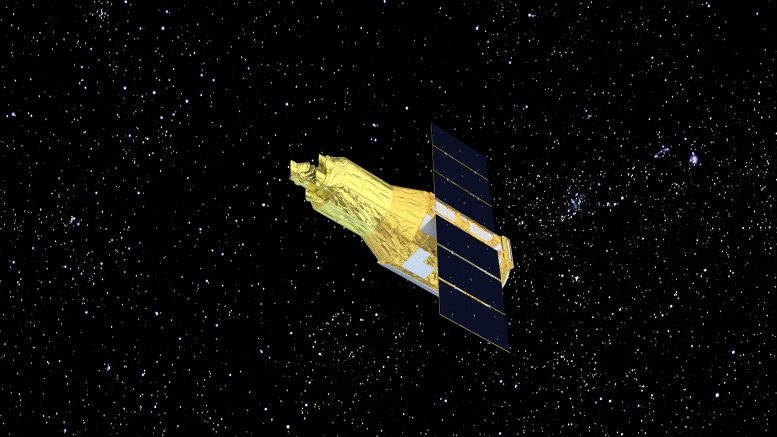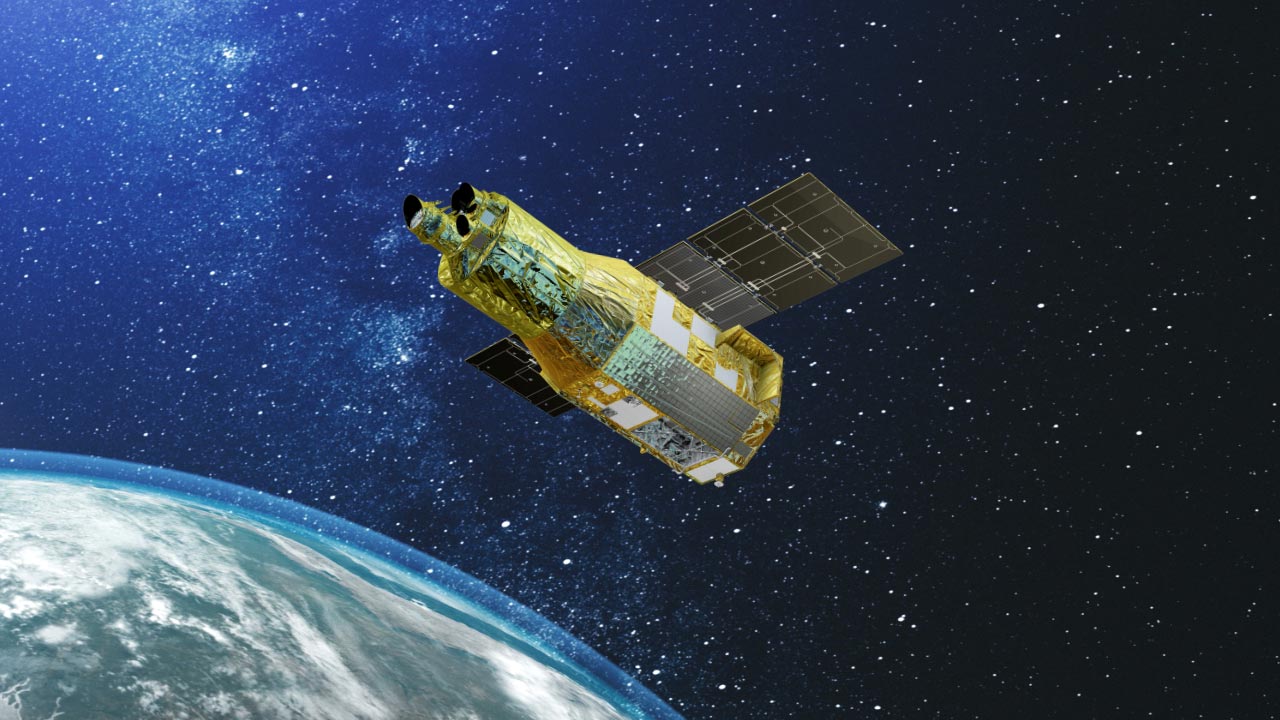The scheduled launch of the X-Ray Imaging and Spectroscopy Mission (XRISM) and the Smart Lander for Investigating Moon (SLIM) onboard the H-IIA Launch Vehicle No. 47 (H-IIA F47) on August 28, 2023, has been scrubbed due to the fact that the upper winds did not meet the launch conditions.
When a space agency such as NASA or JAXA (Japan Aerospace Exploration Agency) “scrubs” a launch, it means they have decided to cancel or postpone a scheduled rocket launch.

The H-IIA Launch Vehicle has been in operation since 2001 as a highly reliable large-sized mainstay rocket and is continuously used in missions to launch satellites and space probes. Credit: JAXA
This decision can arise from various factors. Adverse weather conditions, such as high winds or lightning, can endanger the mission. Technical malfunctions in the rocket, spacecraft, or ground equipment might be detected, necessitating a delay. Range safety concerns arise if the launch or landing areas aren’t clear of obstructions or personnel. Issues with the payload, atmospheric conditions, or operational setbacks can also lead to scrubs. While scrubs can be disappointing, they are essential to prioritize safety and mission success over strict scheduling.
In this case, the launch was postponed due to a weather condition related to upper winds. The new launch date and time will be announced once confirmed.

XRISM, shown in this artist’s concept, is an X-ray mission that will study some of the most energetic objects in the universe. Credit: NASA’s Goddard Space Flight Center Conceptual Image Lab
The X-Ray Imaging and Spectroscopy Mission (XRISM), which was formerly known as XARM, is a JAXA/NASA collaborative mission, with ESA (European Space Agency) participation. The objective of the mission is to investigate celestial X-ray objects in the Universe with high-throughput imaging and high-resolution spectroscopy.
The XRISM payload consists of two principal instruments:
- Resolve, a soft X-ray spectrometer, which combines a lightweight X-ray Mirror Assembly (XMA) paired with an X-ray calorimeter spectrometer, and provides non-dispersive 5-7 eV energy resolution in the 0.3-12 keV bandpass with a field of view of about 3 arcmin.
- Xtend, a soft X-ray imager, is an array of four CCD detectors that extend the field of the observatory to 38 arcmin on a side over the energy range 0.4-13 keV, using an identical lightweight X-ray Mirror Assembly.
XRISM is a testament to international collaboration, with NASA’s Goddard Space Flight Center playing a pivotal role in software development, data processing, and the Guest Observer Facility. The mission instruments, Resolve and Xtend, both employ X-ray Mirror Assemblies developed at Goddard, promising a holistic understanding of the X-ray universe.
Article From & Read More ( Japan's X-Ray Imaging and Spectroscopy Mission (XRISM) Launch Scrubbed - SciTechDaily )https://ift.tt/2tMYImu
Science

No comments:
Post a Comment